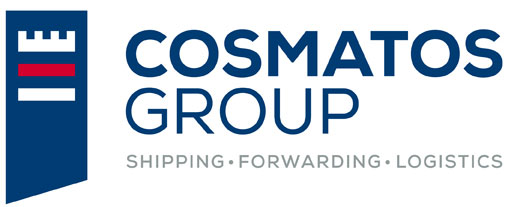The Bill of Lading has various functions. Among other things it is a receipt for goods. The carrier declares in the Bill of Lading to have received certain goods in order to carry them by a certain vessel. When the shipper has received a Bill of Lading from the Shipping Company or their Agent, this means that he has got a receipt for the goods in question.
But the Bill of Lading is not only a receipt. It is also a contract of carriage, that is to say an agreement between two parties, i.e. the Shipping Company and the shipper, stating clearly the conditions on which carriage and delivery of the goods is to take place. These conditions are not identical in all Bills of Lading. They may vary for each Shipping Company, but they must be based on “The Hague Rules”, an international agreement, defining the right and obligations of the carrier by sea.
The Bills of Lading are also a document of title. Possession of the Bills gives the right to call for delivery of the goods at the port of destination. They are negotiable documents in as much as it represents the goods mentioning there in. When negotiating the Bill of lading, the owner negotiates in fact the goods. Whoever is in possession of the Bill is sufficiently the one who has the title of the goods, thus, they are the most significant document of international trading transactions.
But the Bill of Lading is not only a receipt. It is also a contract of carriage, that is to say an agreement between two parties, i.e. the Shipping Company and the shipper, stating clearly the conditions on which carriage and delivery of the goods is to take place. These conditions are not identical in all Bills of Lading. They may vary for each Shipping Company, but they must be based on “The Hague Rules”, an international agreement, defining the right and obligations of the carrier by sea.
The Bills of Lading are also a document of title. Possession of the Bills gives the right to call for delivery of the goods at the port of destination. They are negotiable documents in as much as it represents the goods mentioning there in. When negotiating the Bill of lading, the owner negotiates in fact the goods. Whoever is in possession of the Bill is sufficiently the one who has the title of the goods, thus, they are the most significant document of international trading transactions.




